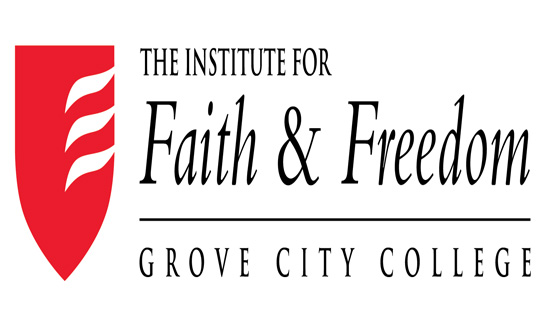Nominating a Republican Who Can Get 50%
![]()
Donald Trump boosters often tell me that no Republican presidential nominee could today get 50% of the vote. It’s a claim that baffles me.
I ask them: Really? Why not? George W. Bush did it in 2004. His father did it in 1988. Ronald Reagan did it twice.
In fact, let’s do a deep dive into recent history.
In 1972, Republican Richard Nixon won 49 of 50 states and the Electoral College 520 to 17. He trounced George McGovern by 18 million votes. Nixon got nearly 61% of the popular vote.
Yes, think about that.
In 1980, Republican Ronald Reagan defeated the incumbent Jimmy Carter 51% to 41%. In a stunning rebuke, the sitting president was crushed in the Electoral College, 489 to 49.
In 1984, Reagan, like Nixon in 1972, won almost 60% (he got 59%), but even more impressive, took 49 of 50 states and the Electoral College 525 to 13. He lost only Minnesota, his challenger Walter Mondale’s home state. He beat Mondale by almost 17 million votes. Ronald Reagan twice won New York, New Jersey, Pennsylvania, California, and even Massachusetts.
Republican candidates for president have gotten over 50% of the vote more often than recent Democrat nominees have. Until Joe Biden in 2020, pretty much the only Democratic presidential nominee to get over 50% of the vote since LBJ in 1964 was Barack Obama. (Jimmy Carter got 50.08% in 1976.)
Here’s an even more striking figure: From 1920 to 2020, there have been 26 presidential elections. The winner got over 50% of the vote in 19 of them. In three others, the winner got 49% (one was 49.55% and one was 49.72%).
A lot of data, but in short, the absolute norm is to get nearly or over 50%.
Over that 100-year period, the lowest percentages by a winner was Donald Trump’s 46% in 2016, Bill Clinton’s 43% in 1992, and Nixon’s 43% in 1968, though the latter two were in three-man races and got more popular votes than their opponents. Trump was the only one of three to win the presidency while losing the popular vote. His case was the rare exception.
Of course, Republicans have also won over 50% of the seats in Congress several times since Newt Gingrich’s big win in 1994. They won the House again this November 2022. And in the November 2022 congressional elections, they got over 50% of all votes.
And so, the problem for Republicans isn’t that 50% of the vote is unattainable by a Republican nominee; the problem for Republicans is that 50% is unattainable by Donald Trump as the Republican nominee. His current RealClearPolitics favorable vs. unfavorable rating is 40% to 54%, which is typical for him—and obviously dismal.
In sum, it is Donald Trump who cannot win 50% of the vote.
His staunchest supporters hate it when this is pointed out, but it’s simply the reality. Trump is divisive even within his own party, and the population at large loathes him. Well over 50% of the populace despise him with an extraordinary vehemence, a red-hot hatred.
Fair or unfair, deserved or not, the problem for Donald Trump is that the dislike for him long ago escalated to the point of seething rage among a massive segment of the population. What that means is that Donald Trump in a general election turns out people on the other side—he drives voters sprinting to the voting booth to cast ballots against him.
Trump supporters will protest that the hatred of him is not entirely his fault, and that he was demonized by the partisan Democrat media, and more. But reality is reality, and it’s an obvious recipe for Donald Trump in 2024 once again to get less popular votes than his opponent. In other words, a recipe for a Democrat victory.
For American Radio Journal, I’m Paul Kengor. Thanks for listening.




